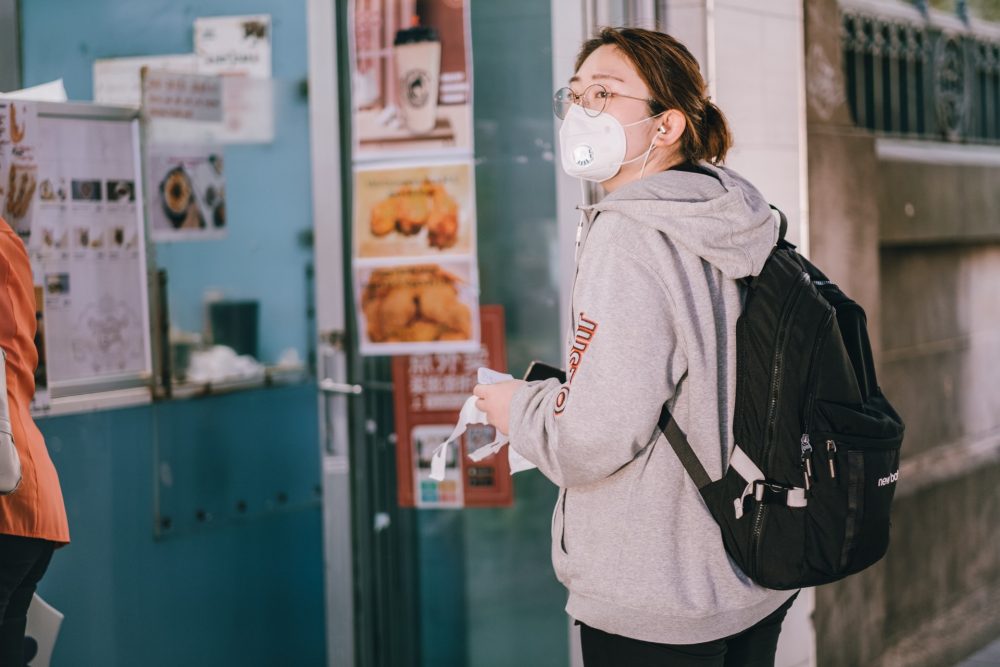
Article provided by Ruth Cornish, co-founder and director of HRi
With the announcement in the Chancellor’s Budget last month that the furlough scheme will be extended until the end of September 2021, it’s likely that some employees will have potentially been out of work for 18 months when they do finally return.
It’s important that both employers and HR alike do not underestimate the significance of being furloughed and the huge impact that this is likely to have had on those who have been affected. Some of the challenges furloughed workers may experience could include fear and anxiety, a feeling of being undervalued, imposter syndrome, a disconnect with their employer and teams, and even a lack of confidence in their abilities. In short, stepping away from working life for just a month is a major adjustment, let alone 18 months.
Here are seven key ways both HR, and managers alike, can ensure the return to work of employees is not only streamlined, but a positive experience for all parties:
- Contractual – HR will need to consider whether contracts or working practices need reviewing in light of furlough. They will need to look at whether rotas, hours or needs have changed? And likewise, whether the job itself has changed.
- Remote working – HR will need to ensure there is a clear policy around remote working – whether this be a hybrid model or otherwise. Where the job role allows, HR should encourage employers to offer flexibility for their employees to work remotely and/or from the office, for better work-life balance. Given the move to more remote working, HR will need to continue to consider whether employees have the right set up and equipment to work safely from home. They will also need to conduct risk assessments and home office set up assessments with the team too.
- Wellbeing and health – HR may well wish to conduct a mental health and stress survey to identify what collective needs those furloughed workers have, and indeed, how to help them. Another thing to consider is that sleep patterns may have changed for those who haven’t been in work for some time. Gradually introducing a glide path to engage furloughed workers during the day will really help with this and make for a smoother transition for employees.
- Health and safety – All workplaces will of course need to be fully COVID-19 secure and make it clear to all employees what the new health and safety rules are. This is likely to be something that needs to be considered for some time to come, even when we transition out of lockdown. If a company is welcoming back highly anxious team members from furlough, HR will also need to provide an extra layer of reassurance during this time. Reassuring these employees will be of paramount importance, and getting this right now will ensure longer term employee loyalty down the line.
- Training – Many aren’t aware that a furloughed employee can undertake training as long as the purpose of the training is to improve the employee’s effectiveness in their employer’s business or the performance of their employer’s business. Offering training at this time not only gives a furloughed employee something to do during this time, but it also keeps their mind focused, ensuring they can pick back up when they do return to the business. Likewise, HR may wish to develop a re-entry programme that can start in advance of workers returning to refresh and update them. Finally, HR may wish to consider manager training too; ultimately managers have a responsibility to support their teams and need the skills to do this, as well as being able to identify when someone may be struggling with their mental health.
- Performance Management – HRs will need to consider when their performance management (PM) cycles are due. For instance, if the PM cycle is coming up, they would do well to include their furloughed workers in the process, but change the focus accordingly.
- KIT days and phased returns – Keep in Touch (KIT) days allow workers to build up their hours slowly and make the process of getting back to work for the employee less full on. Where feasible, HR may also wish to facilitate phased returns to work for those who have been on furlough for a significant period. All of this will depend on how long the employee has been off, what their current situation is and indeed what their motivations are and how these might have changed due to the pandemic. A honest and open conversation with the employee is essential to this.
There is no one size fits all here. The key is to listen to and respond to the needs of your individual employees and ensure you are aware of what motivates them personally. This will maximise your opportunity to welcome back an engaged and enthusiastic team who will, not only move your business forwards as we emerge from this pandemic, but will also stay with you long term.
 About the author
About the author
Ruth Cornish is co-founder and director of HRi. HRi is the UK body for independent HR and people professionals, providing support, development and a voice for external HR and people consultancy businesses.
WeAreTheCity covers the latest female centric news stories from around the world, focusing on women in business, careers and current affairs. You can find all the latest gender news here.
Don’t forget, you can also follow us via our social media channels for the latest up-to-date gender news. Click to follow us on Twitter, Facebook, Instagram, and YouTube.








